
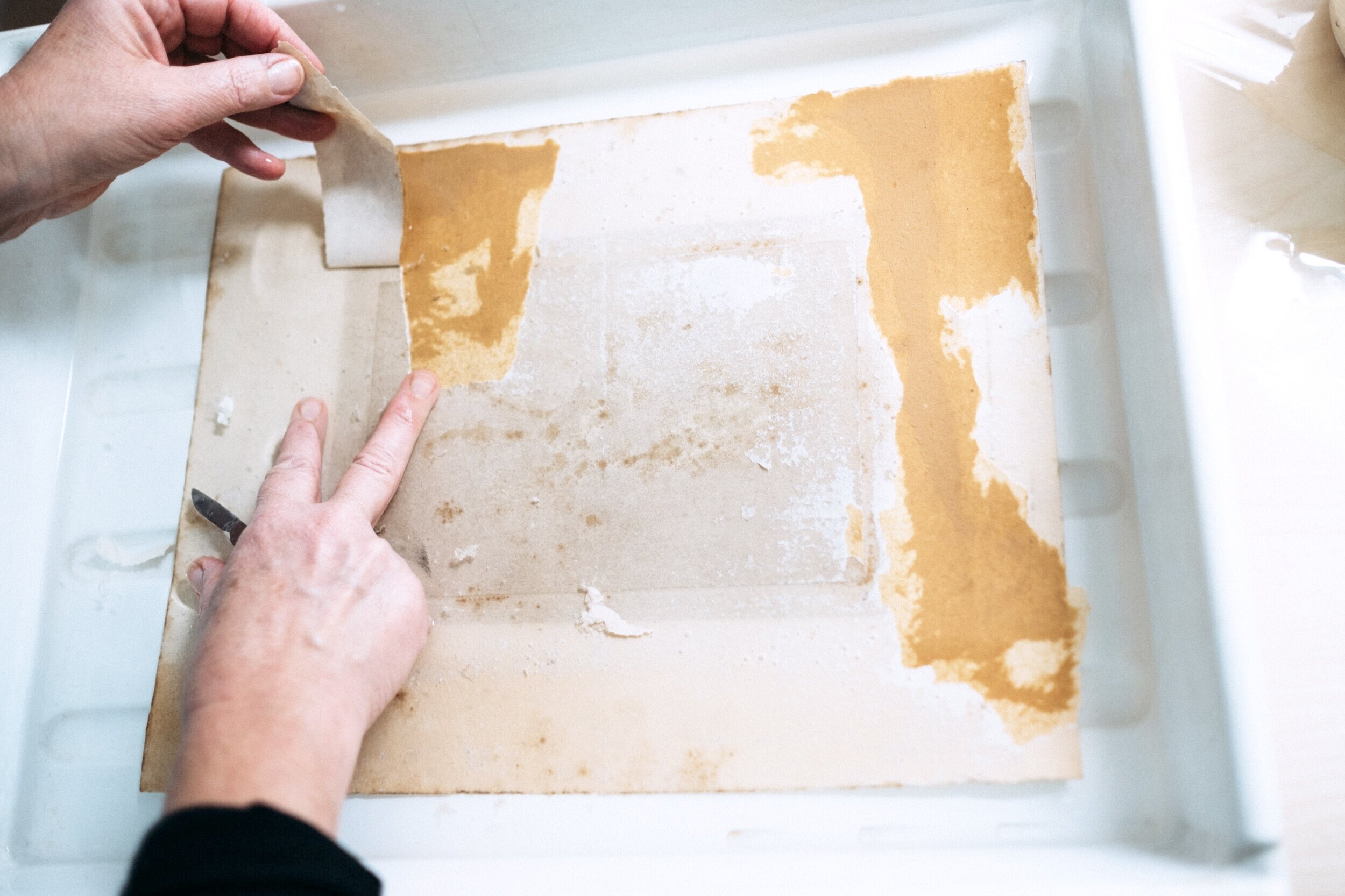
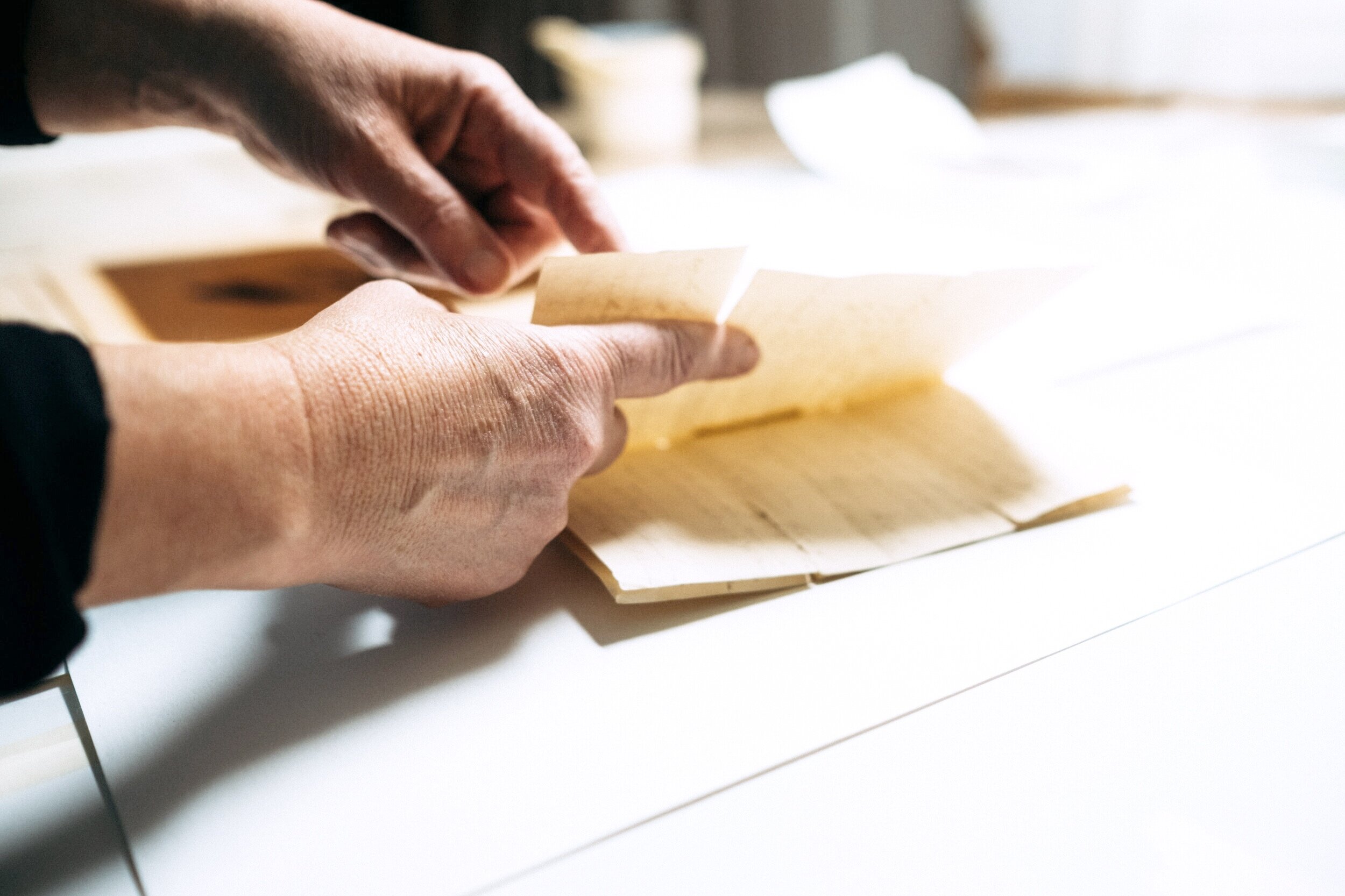
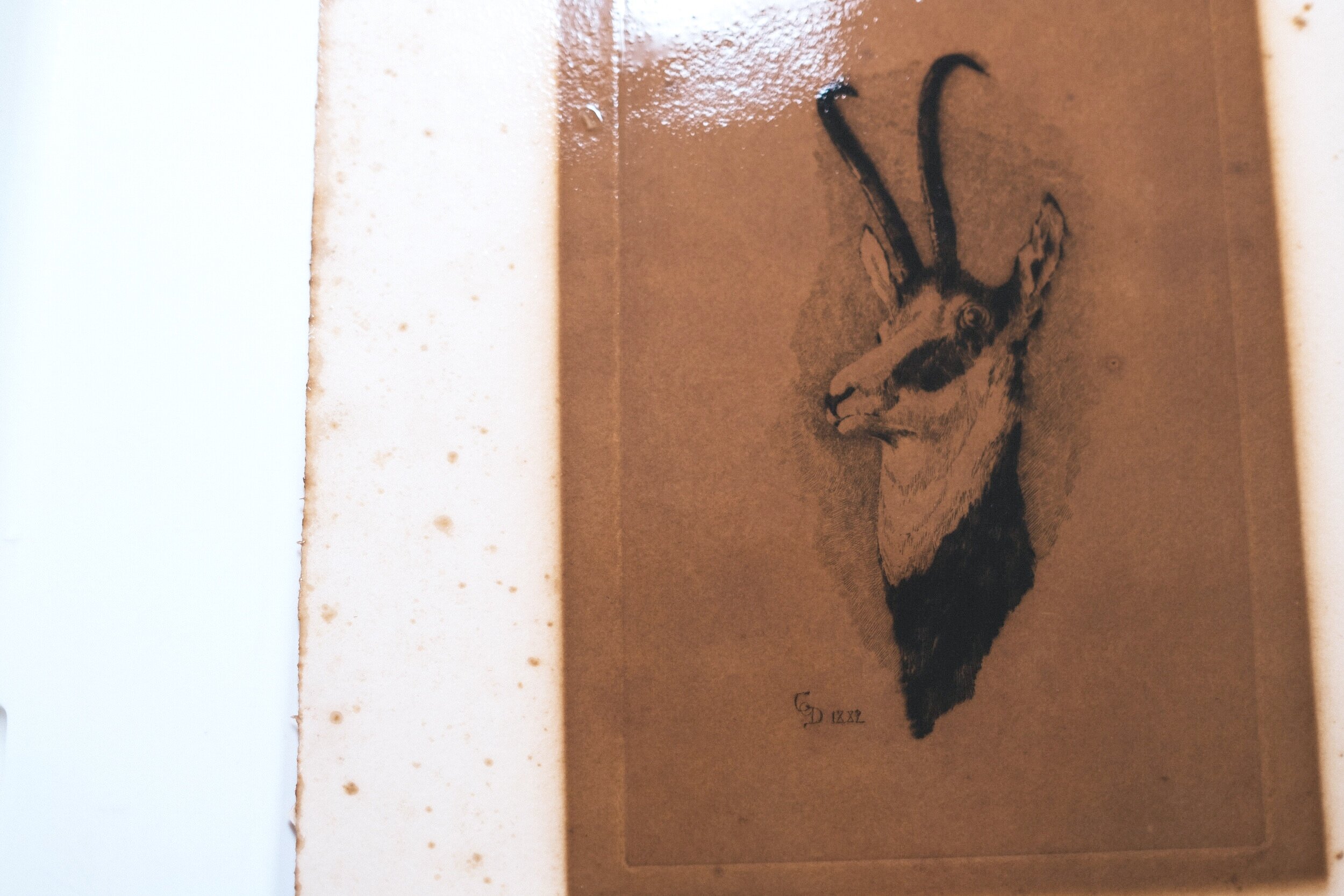
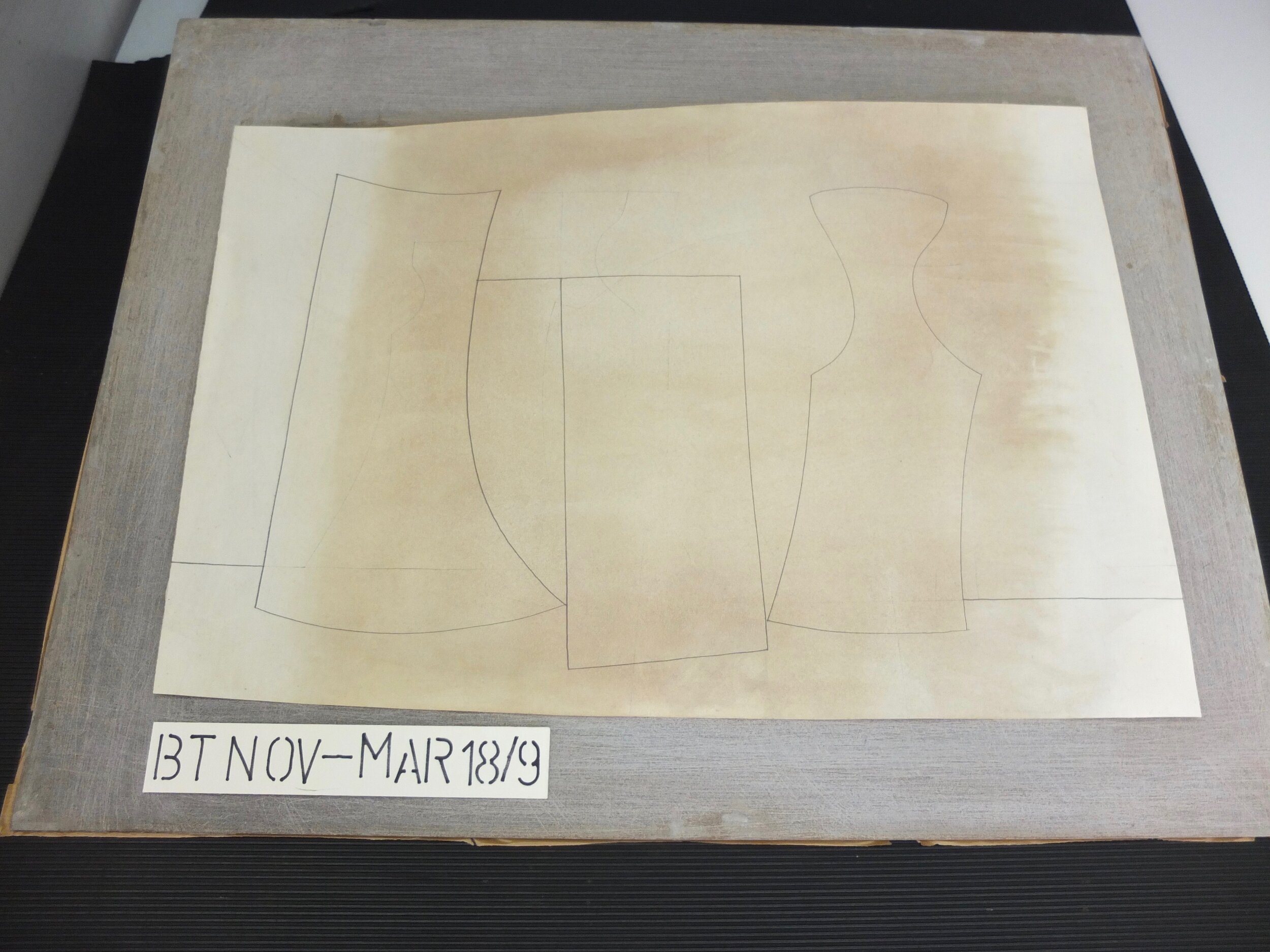
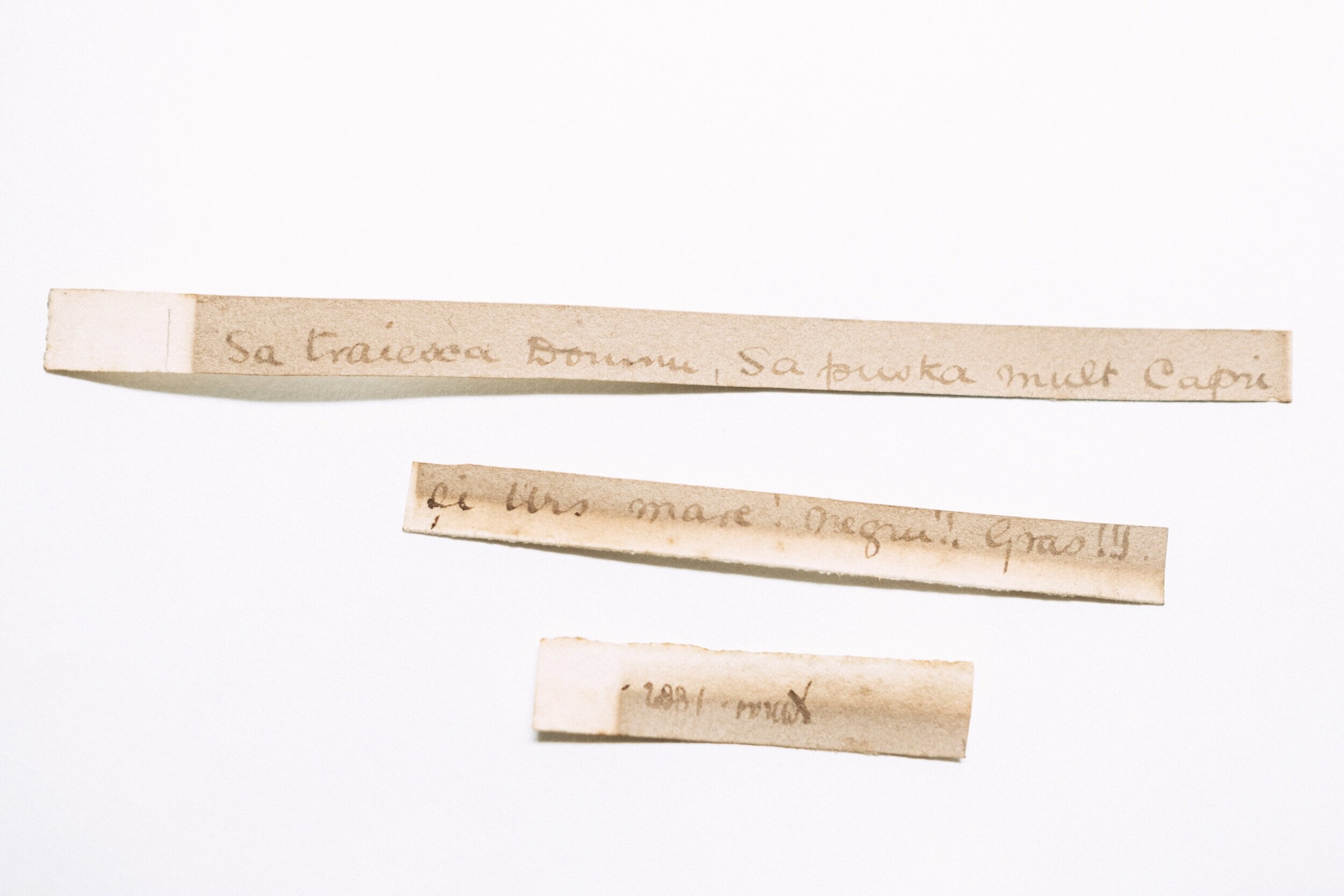
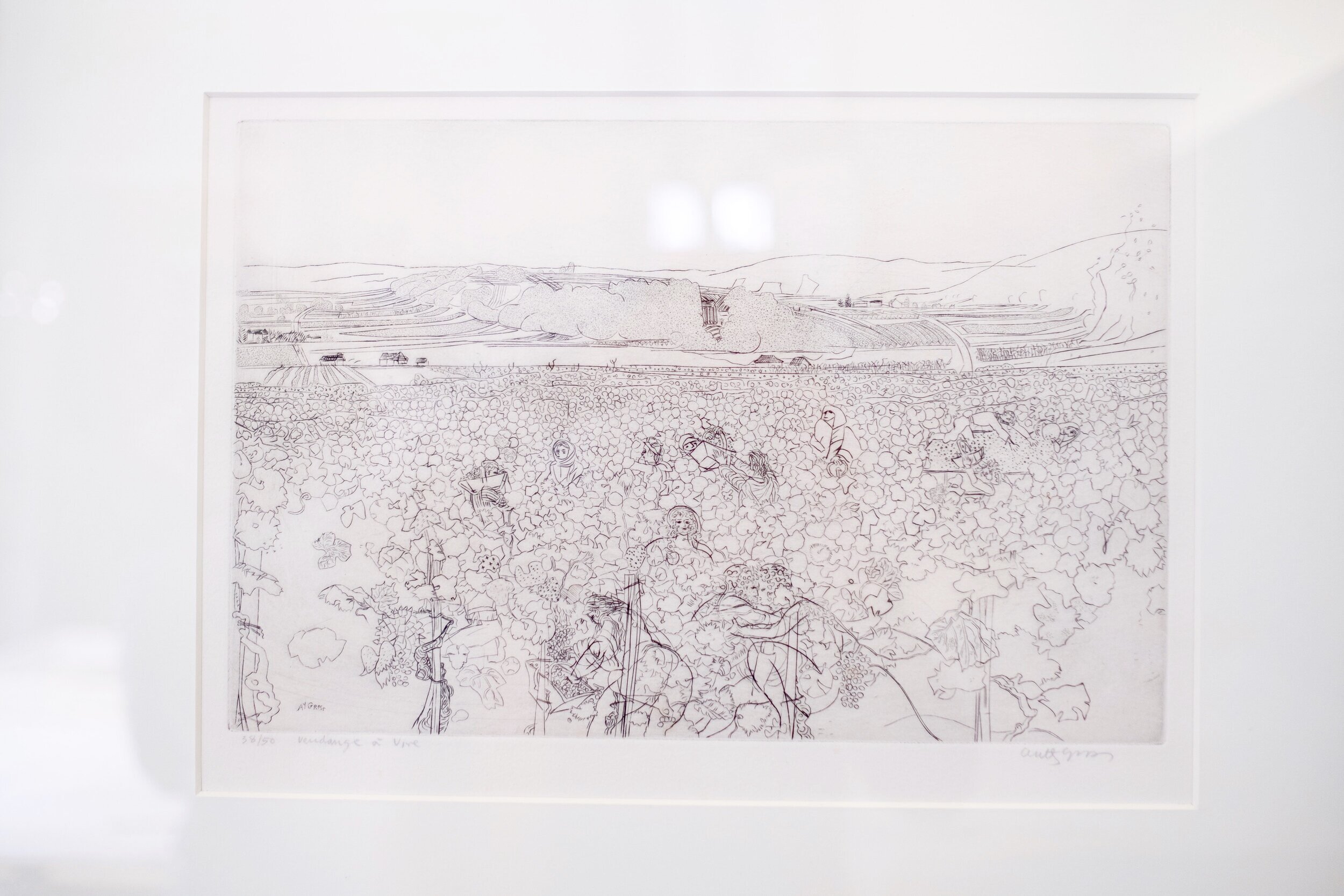

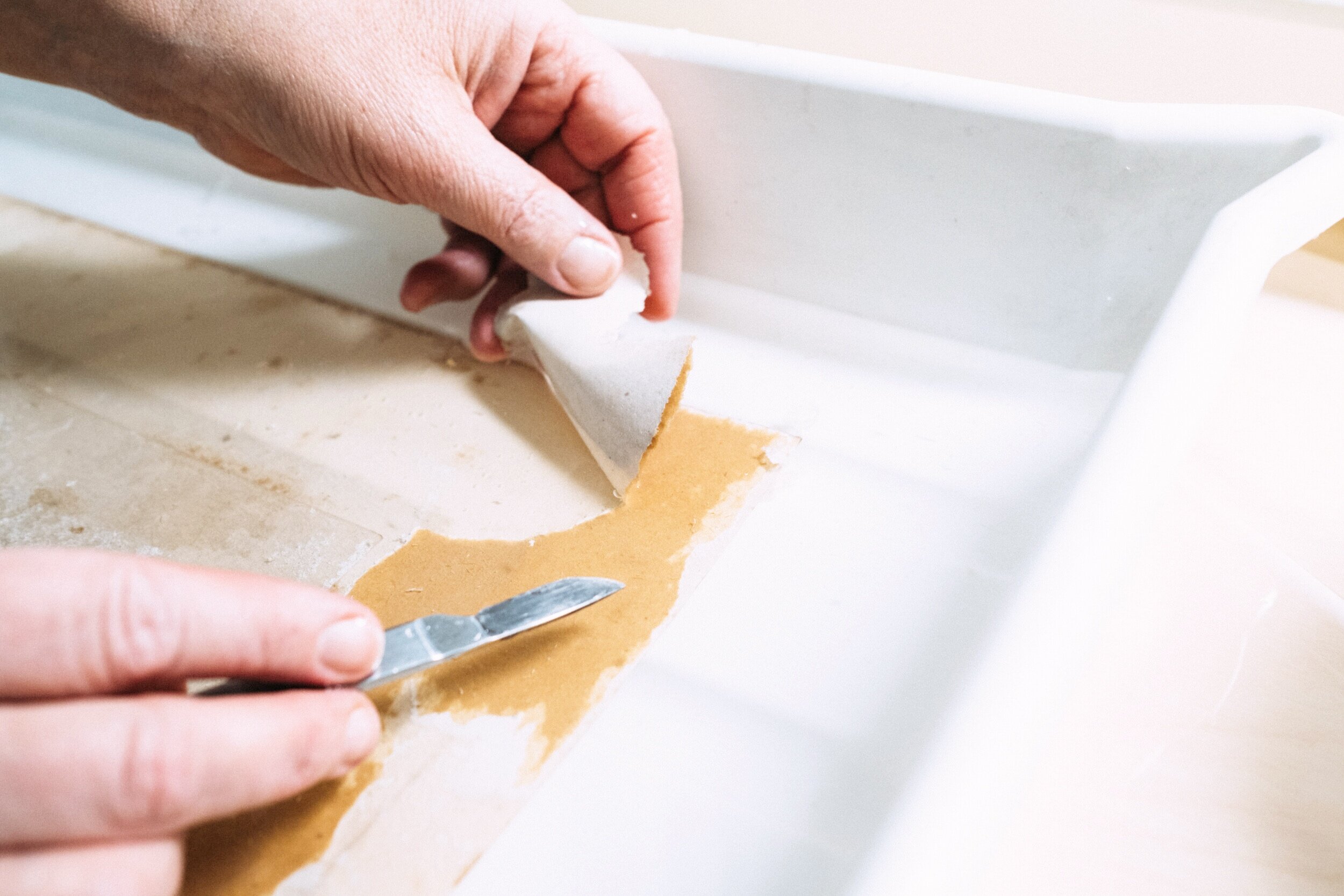

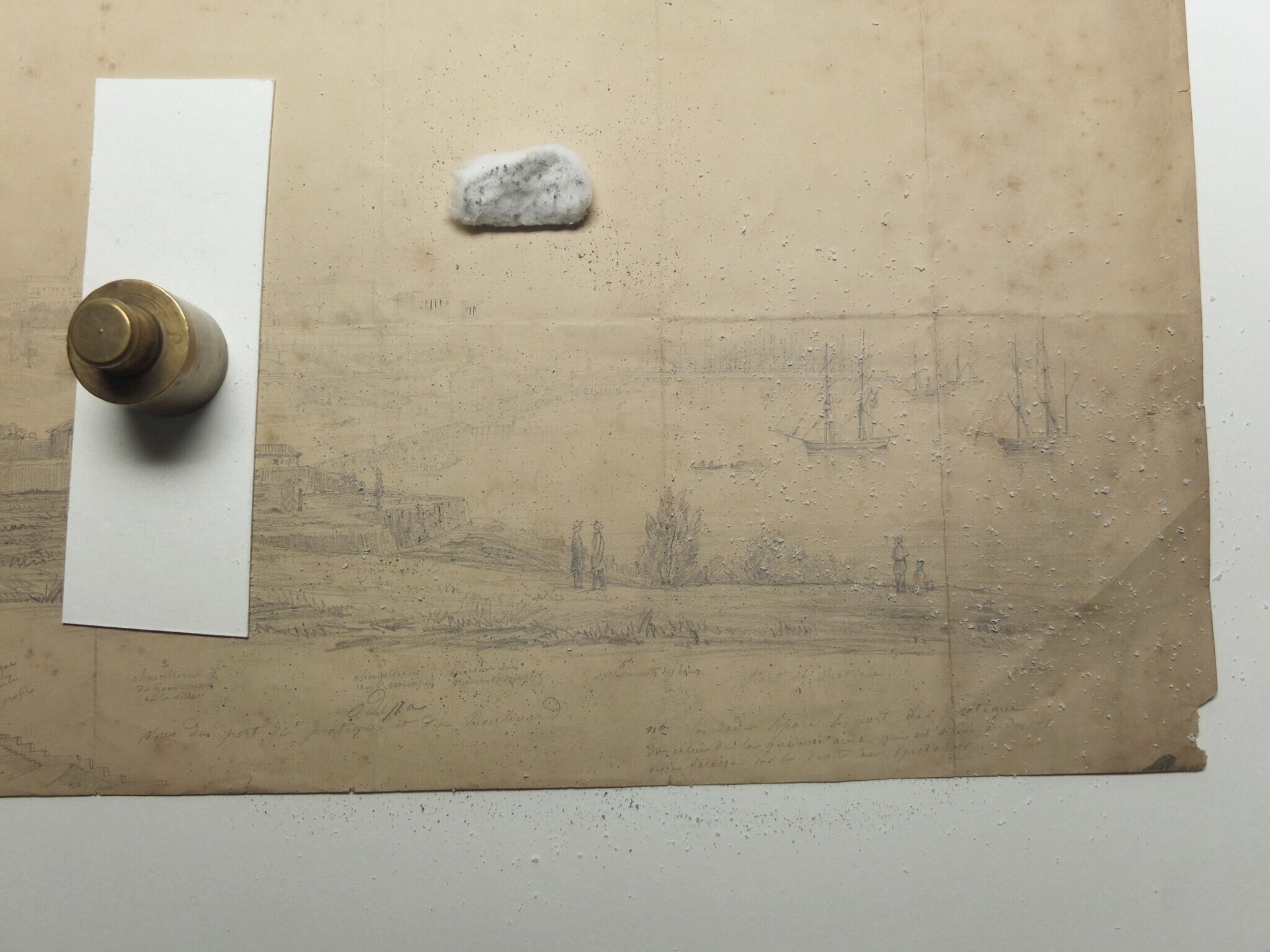

By being mindful of the necessity to conserve works of art on paper, you can engage with me about upgrading framing materials to prevent these priceless works fading, darkening or ageing further. We must be mindful, there are risks when moving or transporting framed or unframed works as well as during the process of conservation in the conservator's work spaces. Likewise for cartography; wall papers (fixed to interiors) and photographs.
Suzanne Press & Associated Ltd is a private conservator of works of art on paper, based in St James’s, London, celebrating more than 20 years in paper conservation.
About
Suzanne has a Fine Art Degree in Printmaking from Kingston upon Thames Art College, a Diploma from Christie’s Fine Arts Course, completed an Internship at Victoria & Albert Museum’s Prints and Drawings Department and an MA of Fine Art: Conservation of Works of Art on Paper, from Gateshead Technical College, Northumbria.
Early on in her career she worked as an assistant to Jane McAusland, a pioneer in this field.
Clients
Suzanne has worked for a range of clients, from private collectors to galleries and has completed a range of works including watercolours, prints, posters, photographic material and drawings. Some clients include:
Christie’s’ Prints & Multiples Dept
The Redfern Gallery
Hazlitt Holland -Hibbert
Sibyl Colefax & John Fowler Today
Royal Geographical Society
The National Army Museum
Rambert
The Rowley Gallery and Framers
John Davies Fine Frames
Understanding the reasons of conservation & restoration
The most common are: repairing tears; reduce water staining (tidemarks); removing surface dirt can make a visual improvement; acidic mounts need to be removed as mounts leave broad stains within the margins. Sometimes these stains can be reduced or not (see Christopher Richard Nevinson case study) can be lessened; removing previous hinging tapes as well as pressure sensitive tapes; the darkening within the aperture of a mount can be reduced, sunlight can either fade or darken the art works. If it is darkened this can be reduced and re pressing the sheet of paper improve its presentation in the frame.
With each work of art on paper there are choices of which the first is non – invasive or invasive treatments which can improve whatever is obscuring the visibility of the art work.
Conservation has scope but there are risks. Therefore, many conservators have a disclaimer, and this is my own.
“Placing an object by the customer into the care of the conservation studio is at the client’s own risk. The conservator accepts no liability however caused including accident, fire or theft. Insurance arrangements remain the responsibility of the client should they wish the items to be covered against accidental loss or damage.”
ACR are the letters for those conservators who have been Accredited by ICON. Accreditation means: “A conservator can demonstrate a proficient level of competence, sound judgement and an in depth knowledge of the principles which underpin conservation practice.”
ICON is the conservator’s professional body, and with its members it has devised the profession’s standards, judgements, ethics and their Code of Conduct.
Environmental guide lines for rooms
Relative Humidity 45 - 60%
Temperature 15 - 20 degree Celsius


